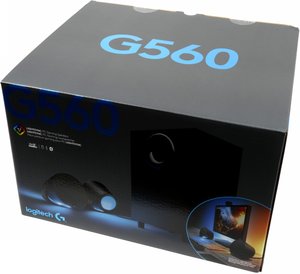 With the G560, Logitech offers a new Lightsync-based 2.1 gaming speaker system that not only puts pressure on the ears, but also provides real-time Ambilight-like backlighting. The concern sounds interesting at first, whether the boxes will do this, we will have to hear and measure later.
With the G560, Logitech offers a new Lightsync-based 2.1 gaming speaker system that not only puts pressure on the ears, but also provides real-time Ambilight-like backlighting. The concern sounds interesting at first, whether the boxes will do this, we will have to hear and measure later.
But before we start, let's take a closer look at the new bullet into the seventh gamer sky. From the outside and inside, so much time must be. So unpack. The subwoofer box, the two satellites, a USB connection cable to the PC and a warranty/conformity leporello are supplied. The drivers and the manual must be downloaded from the homepage later.
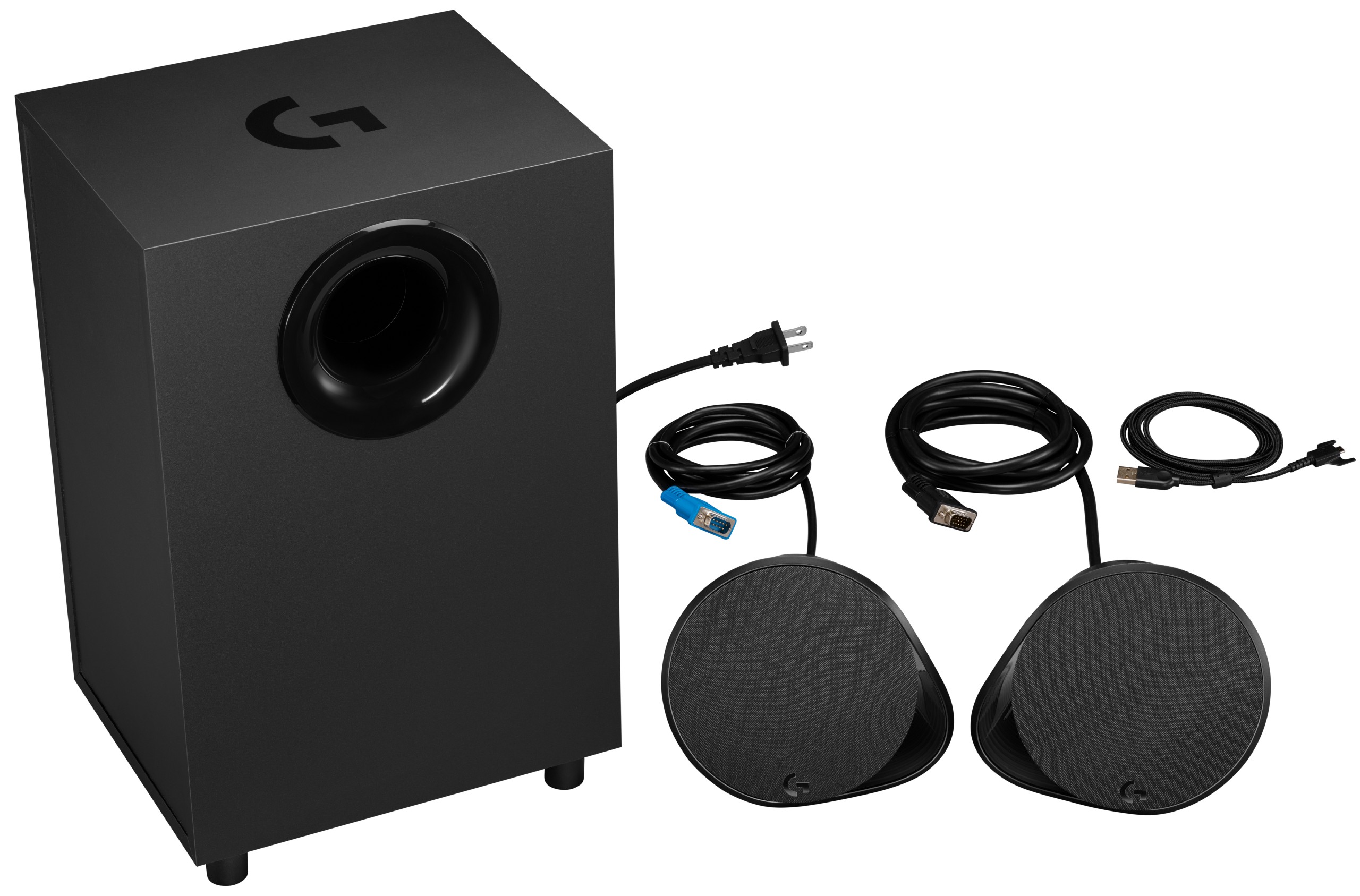
Optics, haptics and functionality
Unpacked and plugged in, software played on, restarted and played around with it. Curiosity breaks structure. rarely, but this time the instinct to play has won high. The picture shows what is possible or Not. Ok, because most of it goes, so quietly again in turn.
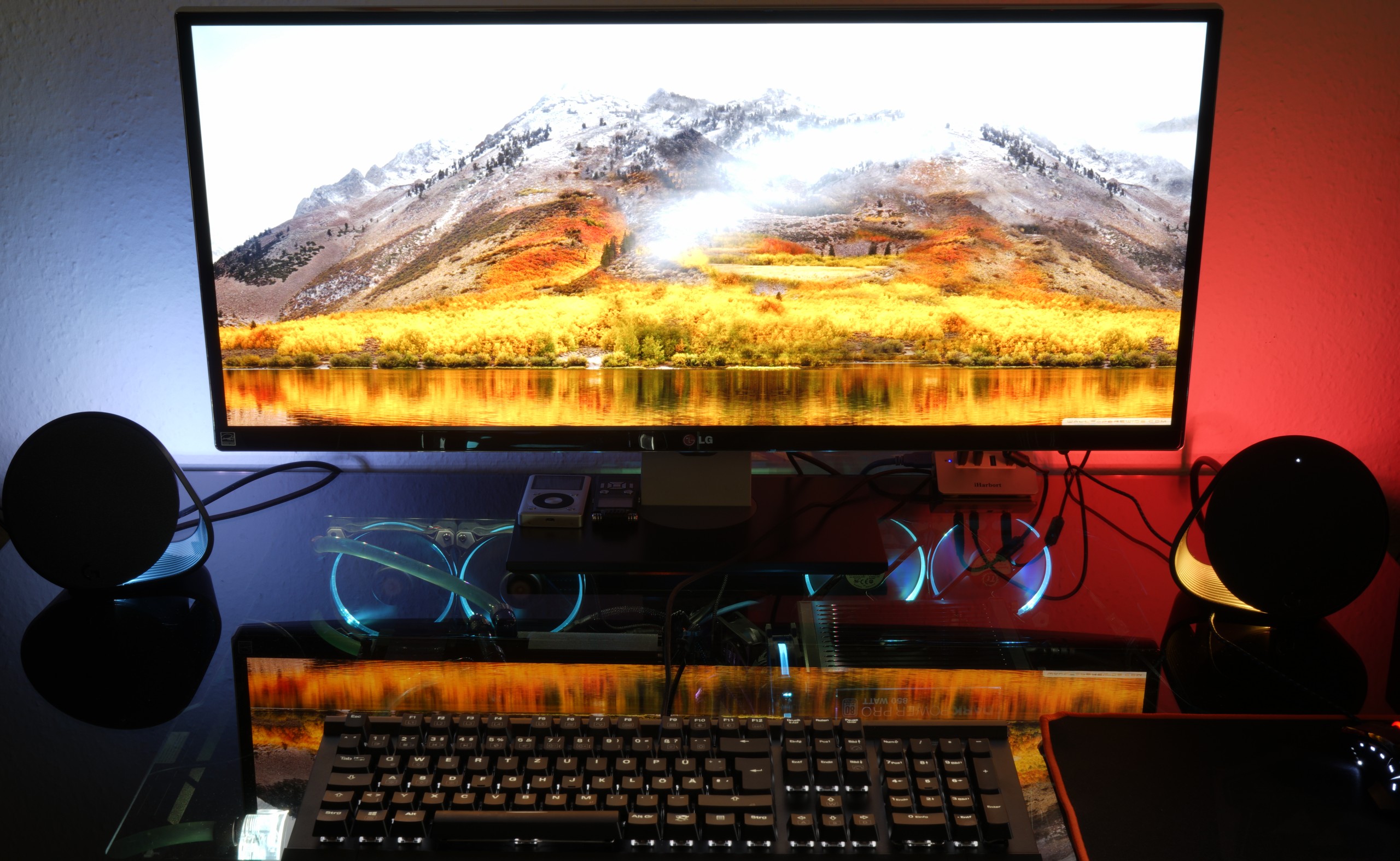
The fact that it is a 2.1 system with subwoofer and satellite scan can be seen at first glance. The transition frequency is approx. 175 Hz quite high, but more. The subwoofer contains the complete electronics, the control is done from the right satellite. With 12mm wall thickness, the matt black foiled MFD body is not exactly massive, which you can also feel by the very moderate weight of a whole 5.5 kg, which is spread over a size of 40.4 x 25.5 x 20.7 cm (H x W x D).
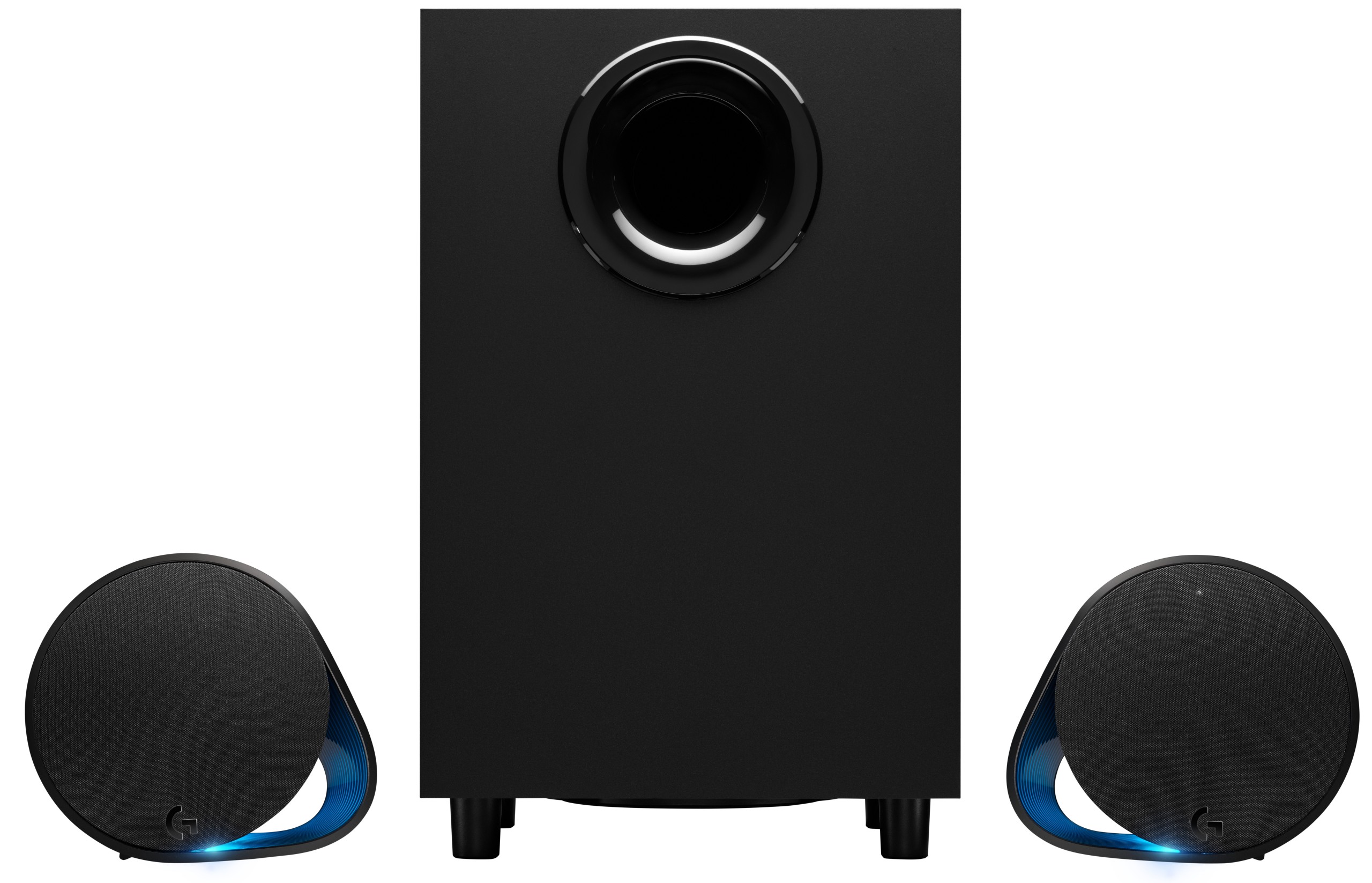 |
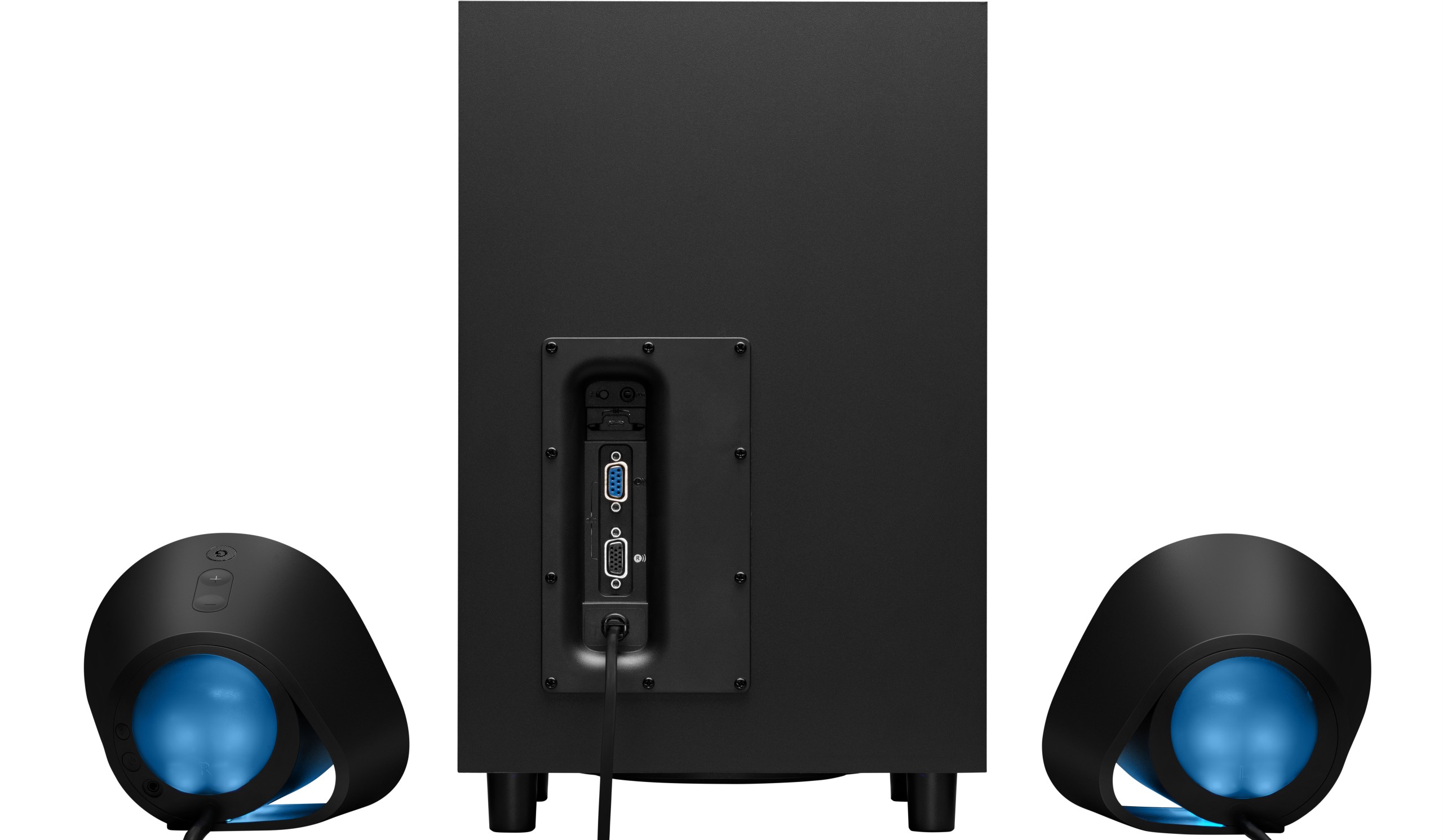 |
The woofer has a medium-sized stroke and sits in the bottom of the subwoofer. Thus the sub works according to the downfire principle, which in itself does not have to be a bad thing, especially since the bass reflex tube points forward and should therefore not be a problem even too close walls. Nevertheless, the low bass quality of the rather highly tuned sub stands and falls very strongly with the respective location (space fashions). We will see in a moment that here, following the mainstream, we have set high levels instead of real depth. unfortunately.
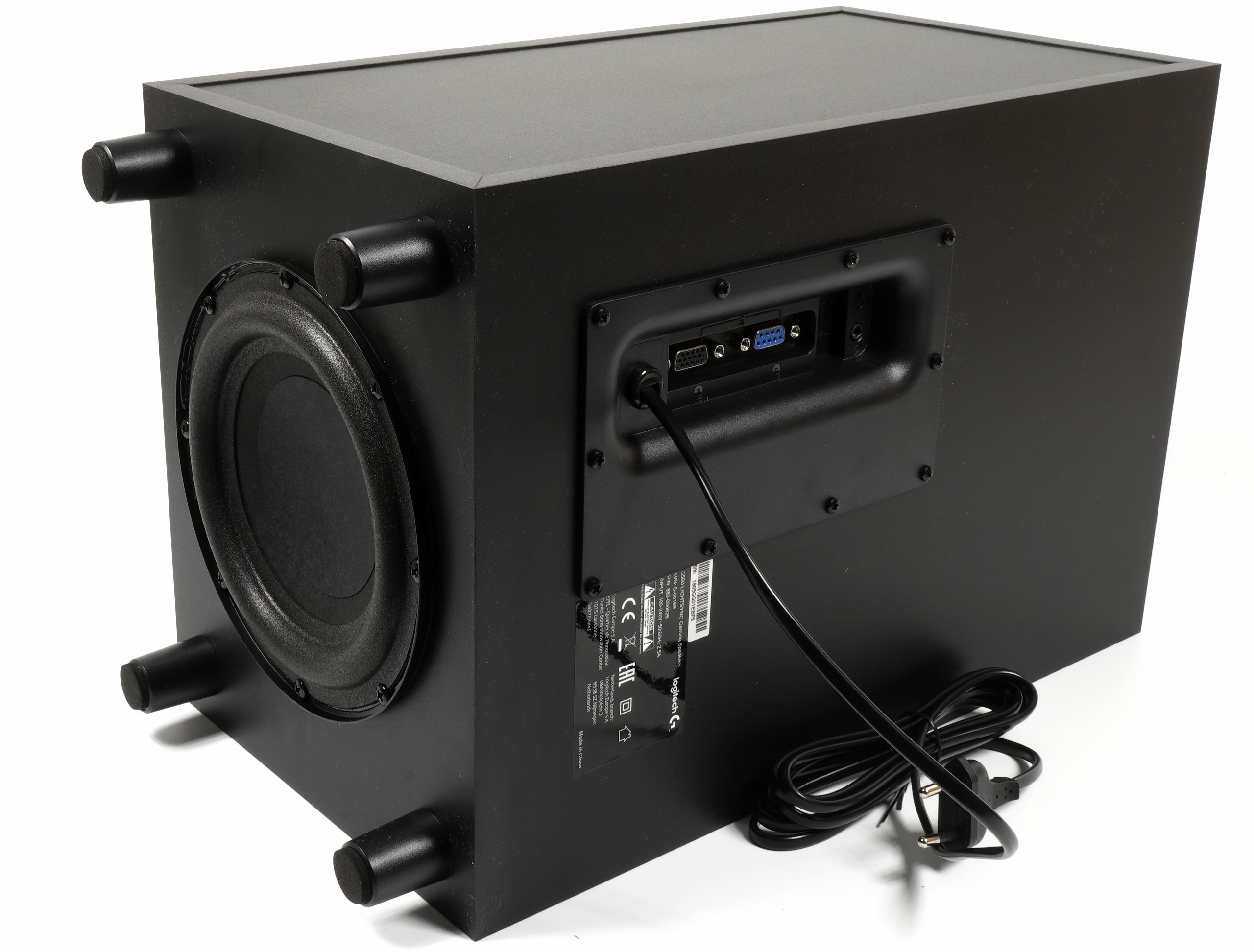
At the back of the subwoofer, the two satellites and the USB cable are attached. Jack is also possible, analog single players also work. On the other hand, you will not find a real power switch and you also have to do without a (achievable) fine fuse. The Bluetooth button on the back is rather superfluous, because it is also available again on the right satellite.
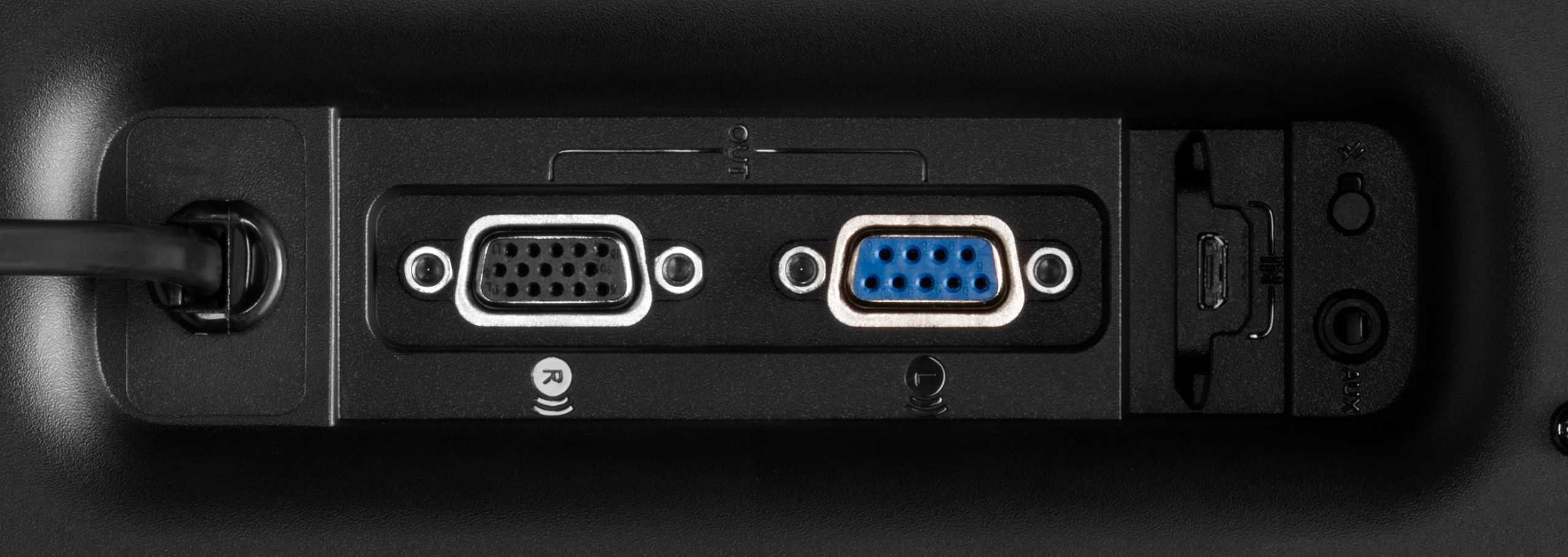
The satellites are connected via proprietary D-Sub sockets, whereby the cable of the right satellite with the controller is very thick and rigid. The satellite houses the Logitech button and the volume control at the top, at the back you can still find the better-to-reach pairing button for Bluetooth and the on/off button.
The aluminium broadband speakers in the relatively thin-walled ABS case are certainly not the birthplace of hi-fi hell, but it's also worse. But plastic has nothing to do with art, but only with artificial. Logitech specifies a frequency range from 40 Hz to 18 kHz, which at least the subwoofer downwards also meets. For the satellites, a standard tolerance range of +/-3dB is set, already at approx. 13 KHz end. The specified maximum sound pressure level of 97 dB should be possible, so noisy can be done once. As long as the sub does not swallow. But more on that.
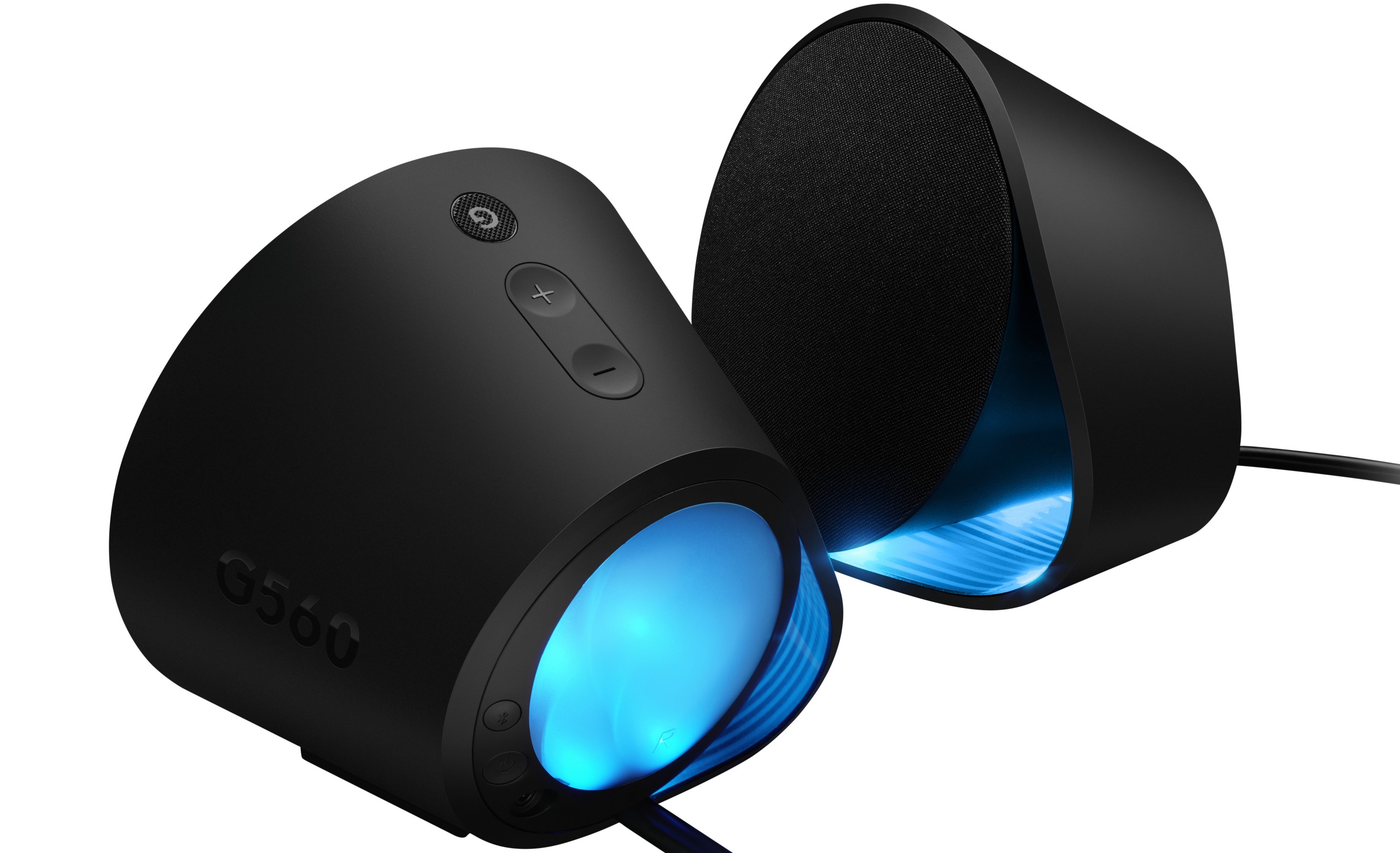
The operation of the appropriate software is intuitively done in it is also free of puzzles or other quests. The configuration of the game profiles (can be reloaded online!) or sensitive areas for RGB color control of the satellite interior and/or satellite back radiant to the wall is very easy to realize. The color mix is partly a bit coarse and the mean values do not quite match your own impression, but you still have the spin for the optimum out quite quickly. Then the whole thing is even fun, but we already had that with the instinct to play at the beginning.
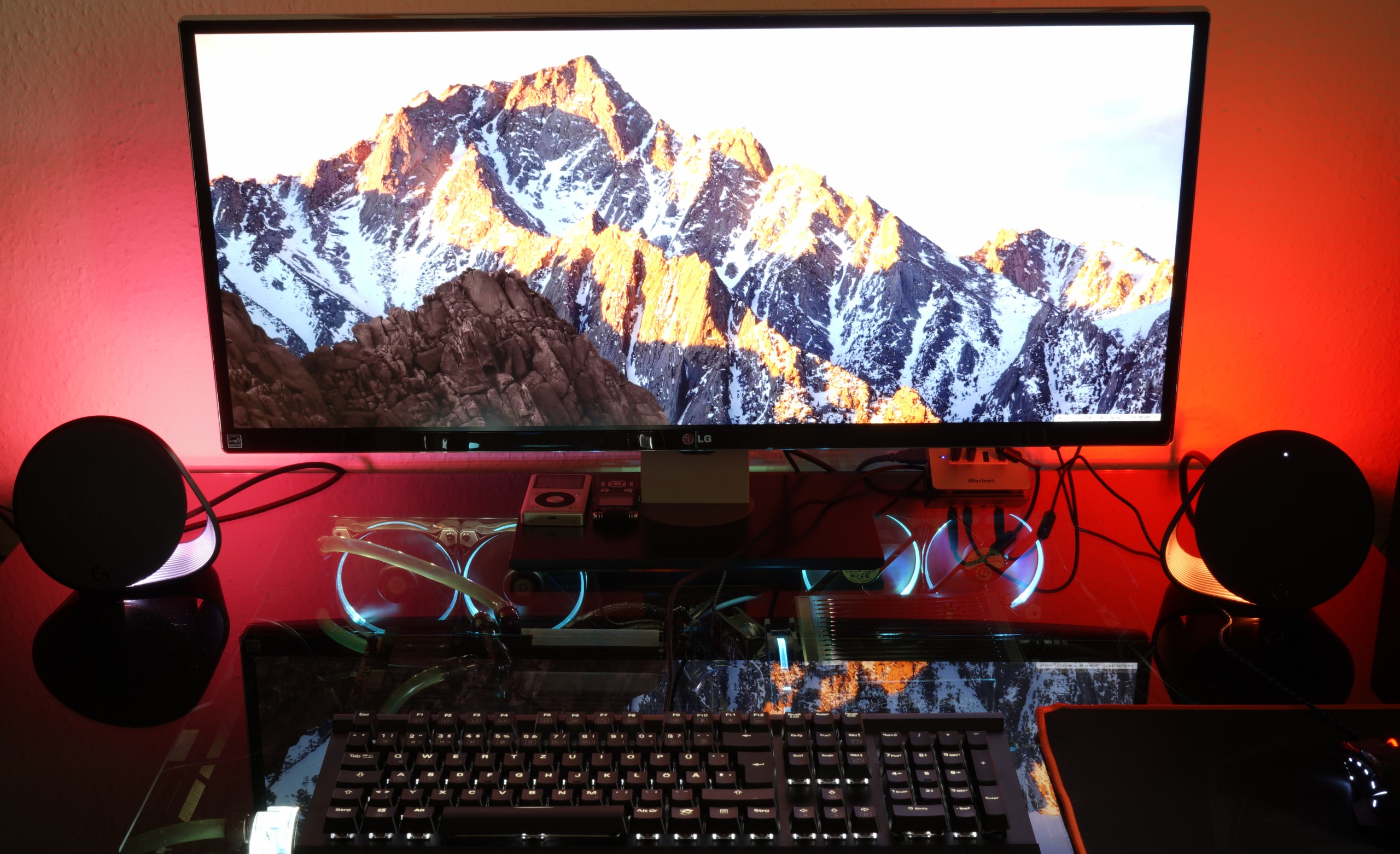
Tear down (and what's in it)
Same place, the same connections, however, we have now removed and inspected the board. This is from PCB Guangdong Chengde Electronic Technology Co. Lt and also goes from solder quality to order. What is a bit annoying is the black hot glue, which covers every screw over a large area and actually serves as a seal, because in case of deformationeverything everything immediately turns red.
First, turn to the audio branch. In addition to the analog and USB input, we see the blue OEM board of the Bluetooth module. At its heart, however, is the CX20701, a low-cost Audio Cross Mixer IC from Conexant. Similar to many C-Media chips, the chip offers not only the extensive I/O features (Line In/Out, USB and SPDIF In), the integrated DAC and ADC, but also the most well-known codecs communication with the PC software via I2C protocol, as well as proper preamps (and a headphone amplifier not used here).
Conexant also offers an intuitive toolbox software whose libraries can be easily integrated into their own software solutions (DSP, solutions such as equalizer, level rule). mixer, etc.).
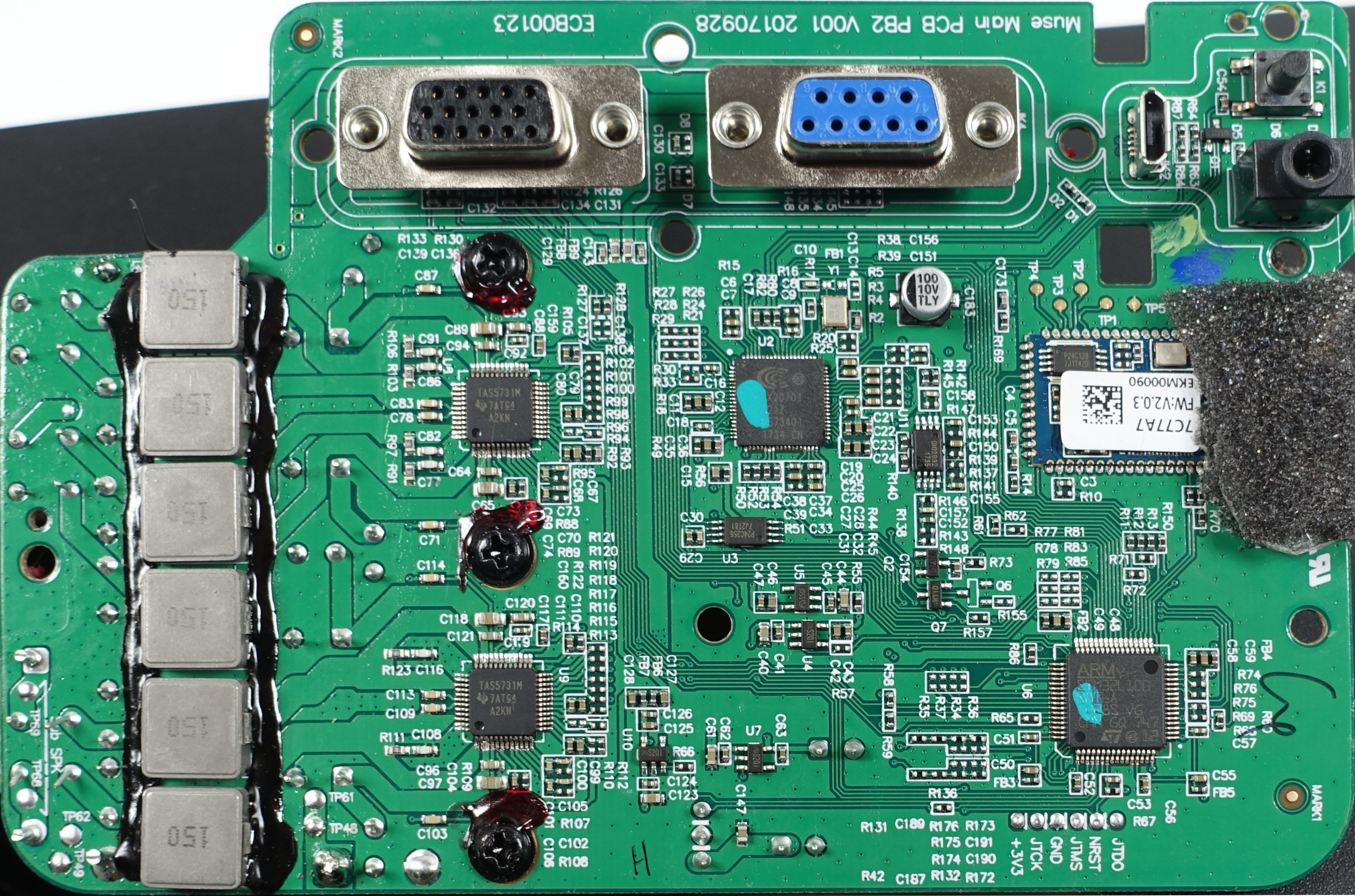
Logitech promises 120 watts of RMS power and delivers this, because the board is equipped accordingly. We find a total of two TAS5731M from Texas Intruments, which are used for one of the two 2x 30 Watt RMS in stereo mode, respectively. can even realize 60 watts as a mono-bridge circuit in the other IC. This power is achieved at an operating voltage of 24 volts each, which are also attached (measurement). The Class-D power amplifiers work at a maximum sampling rate of 48 KHz and hardly rush. Overall, the background noise is almost negligible and the external voltage distance also fits.
The output capacitors come from Teapo and the cooling of both power stages is indirect. Here, a normal rib-cooler made of aluminium continuous casting was simply screwed onto the back above the ICs. However, this is sufficient, as the efficiency of the two digitally controlled power amplifiers is very high at up to 90%.
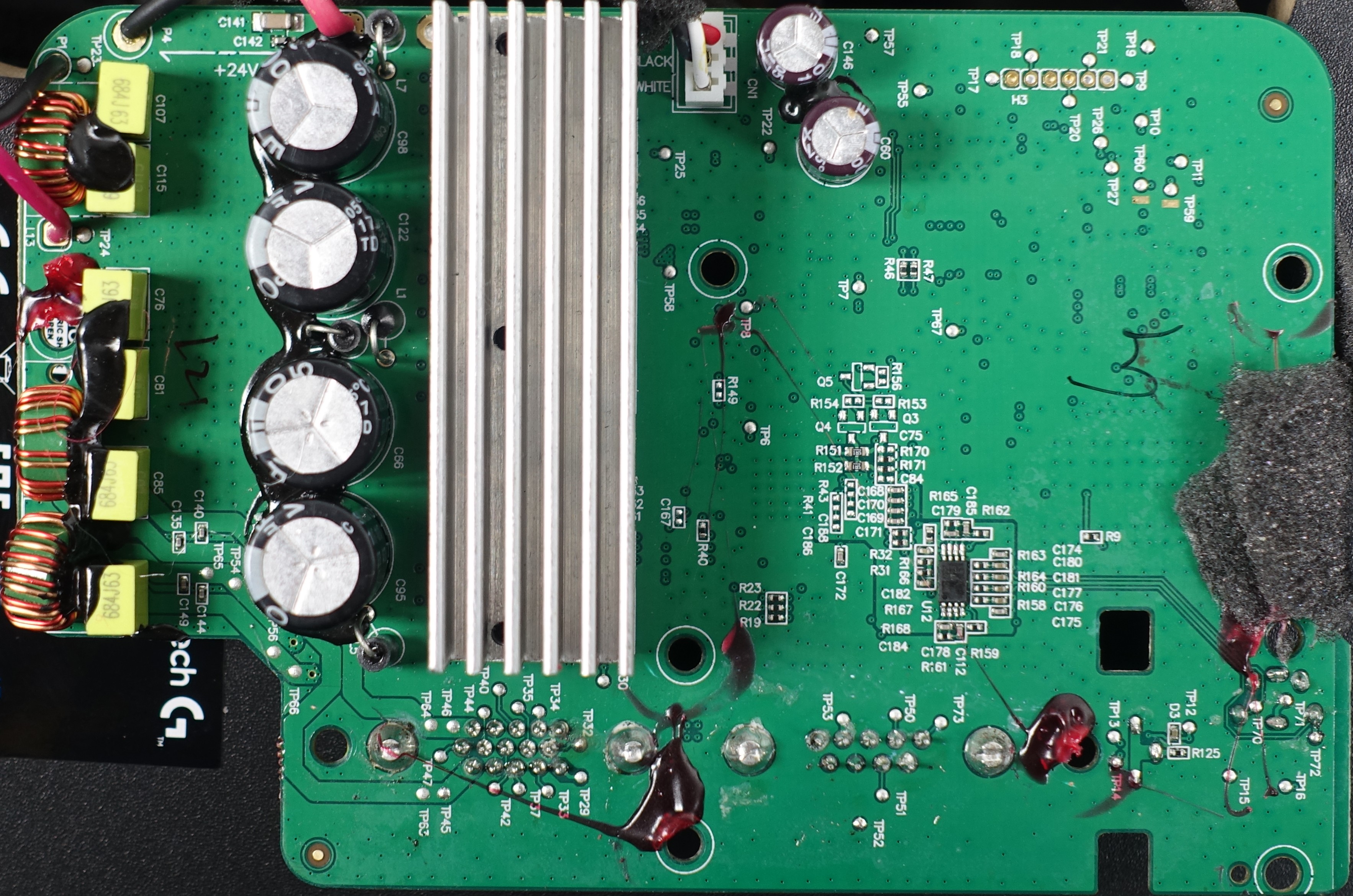
The lighting effects are realized by an ARM Cortex-M3 based STM32L100 Value Line from ST in conjunction with the installed PC software. This relatively low-power processor can target a maximum of 512 KB of flash memory, as well as 32 to 80 KB of RAM. The EEPROM has a maximum of 16 KB. This addresses a total of four independent RGB channels, each with 8-bit color depth. The power supply is a sufficiently sized switching power supply, but it has been placed spatially separated from the motherboard in the lower part of the subwoofer.
































Kommentieren